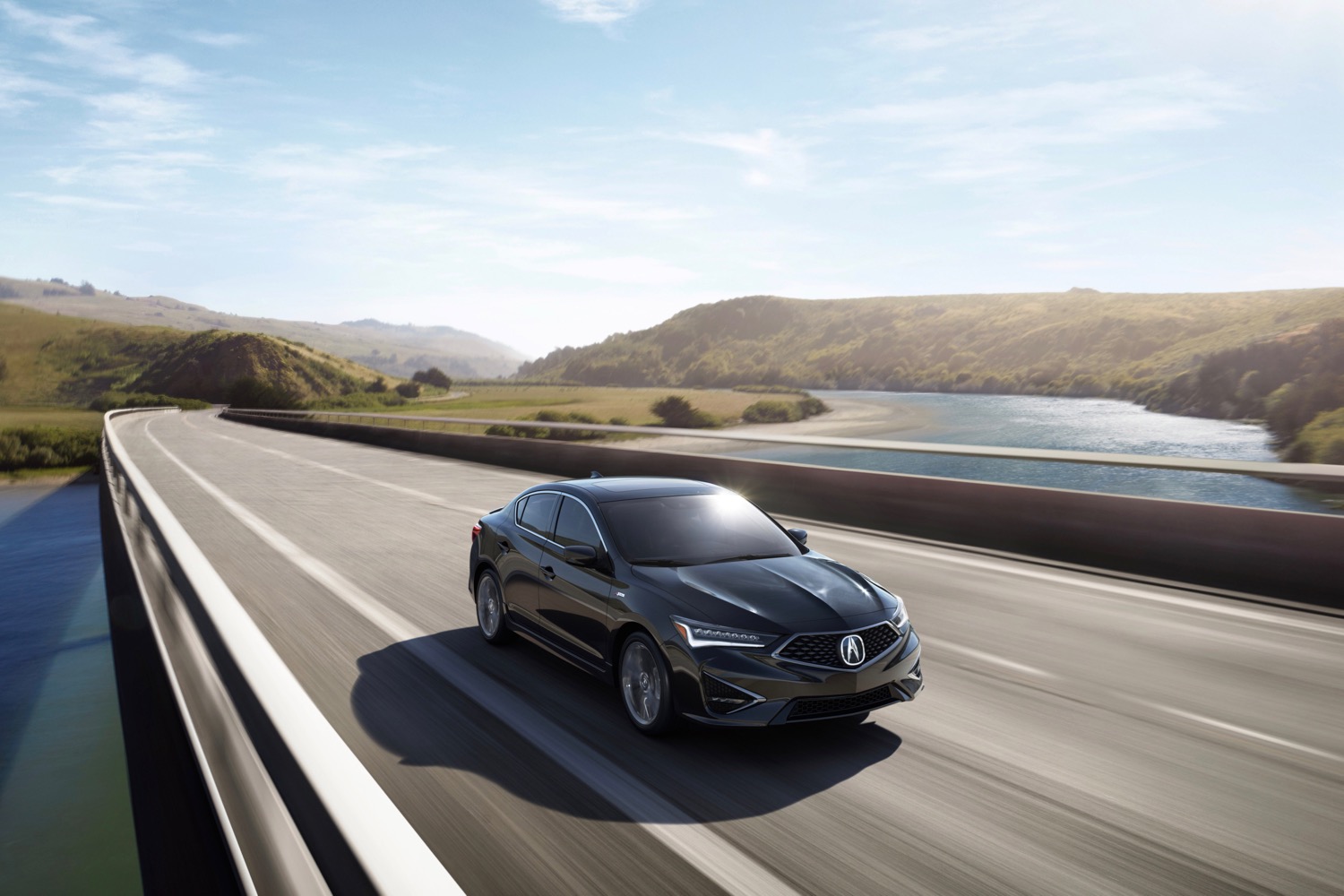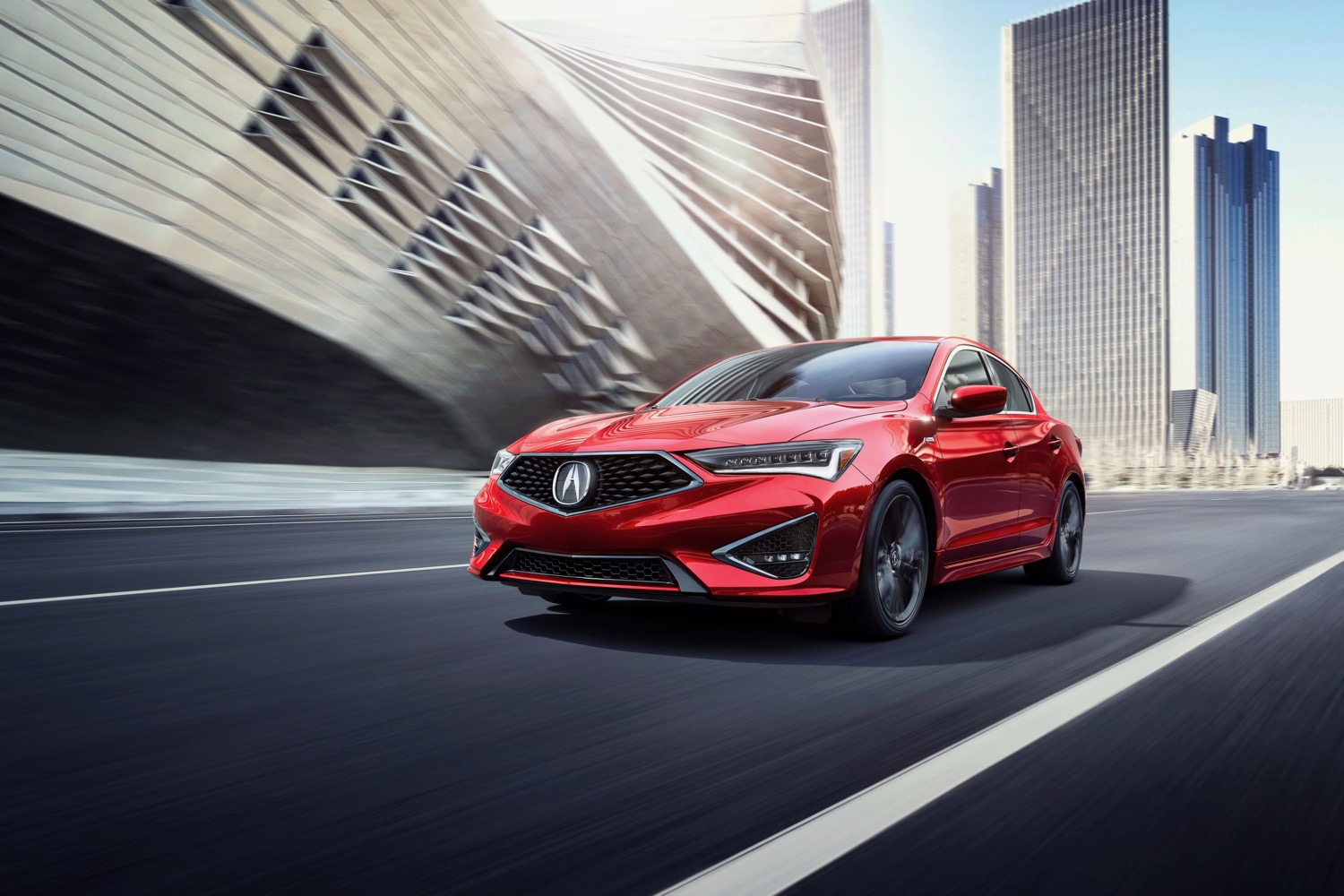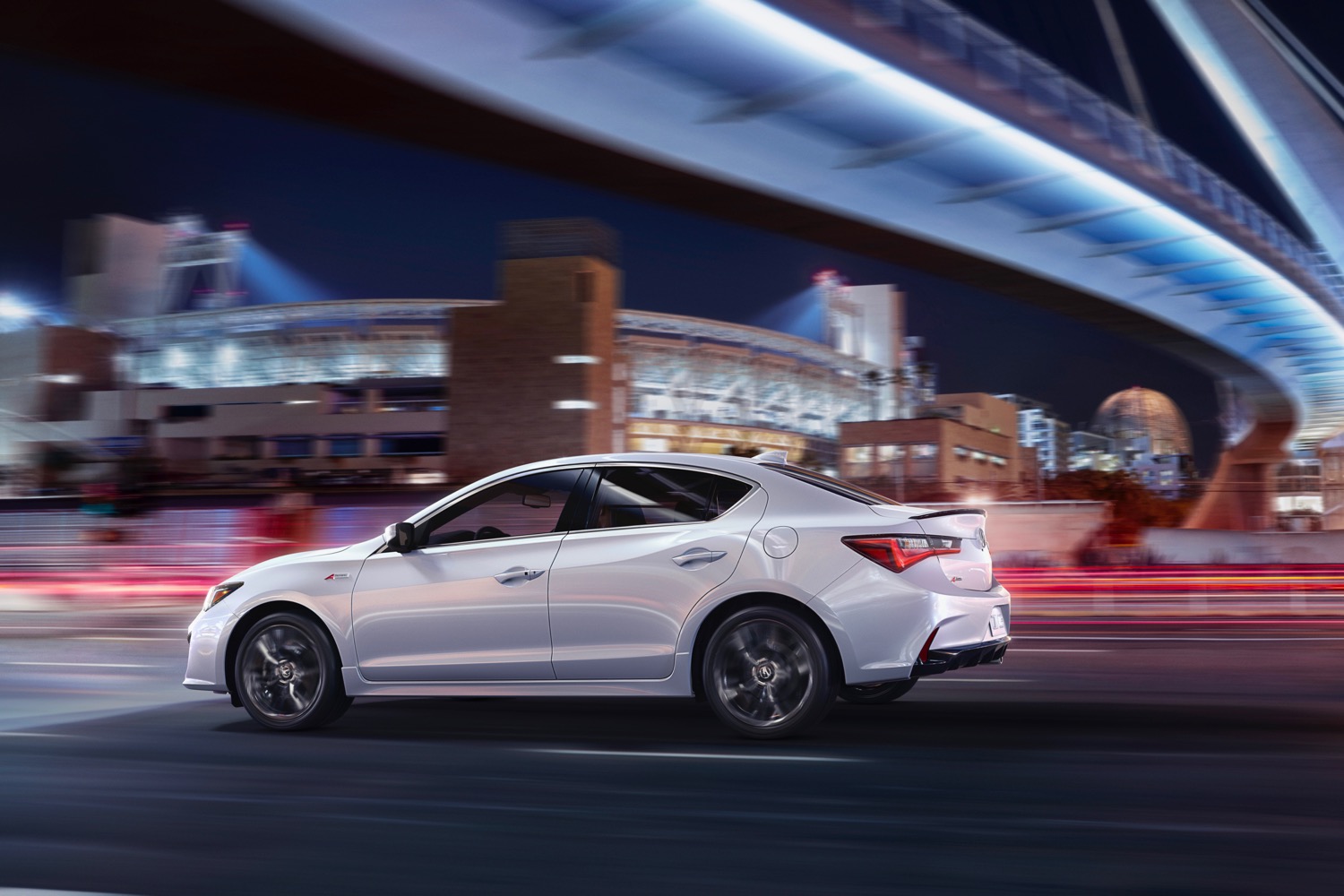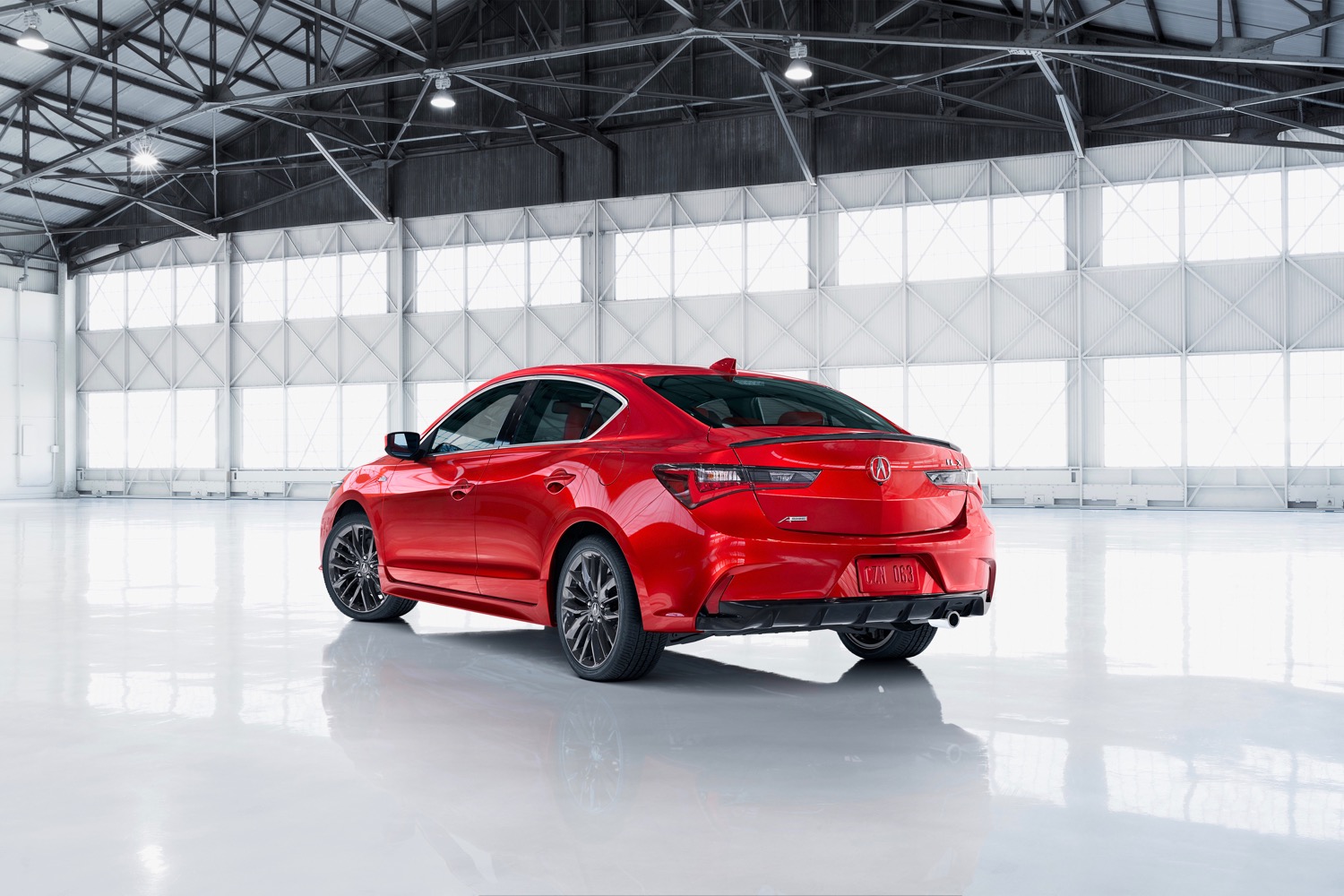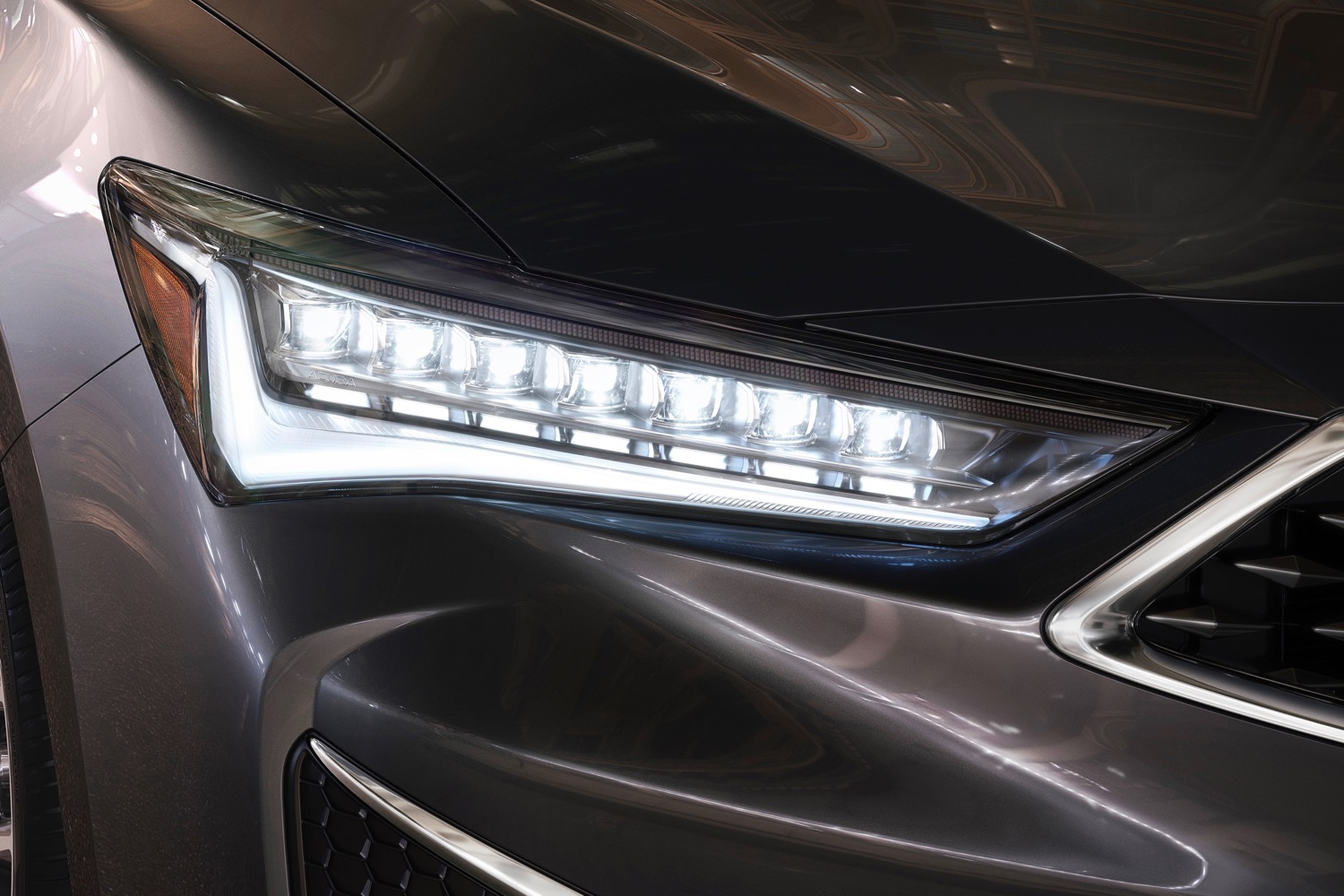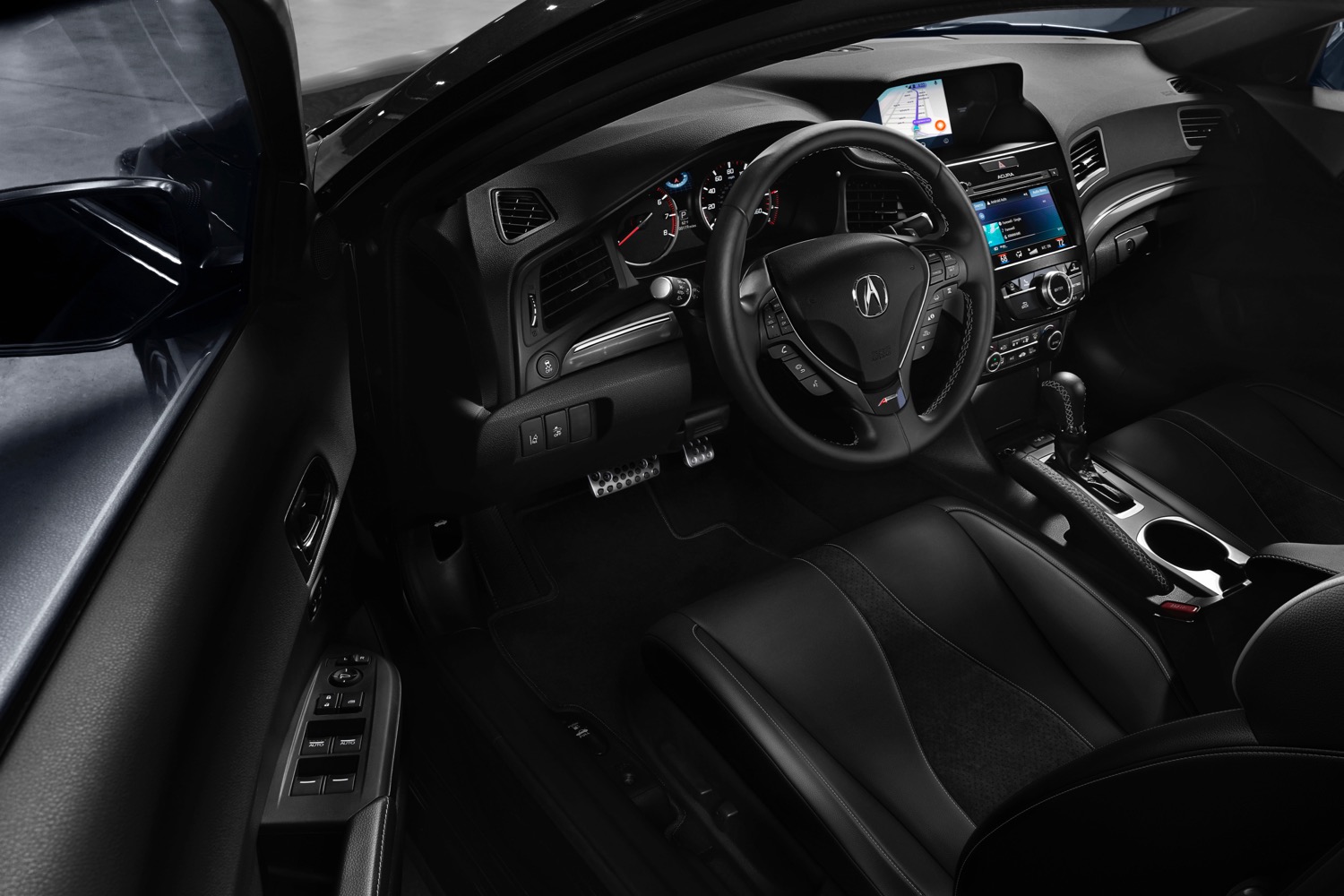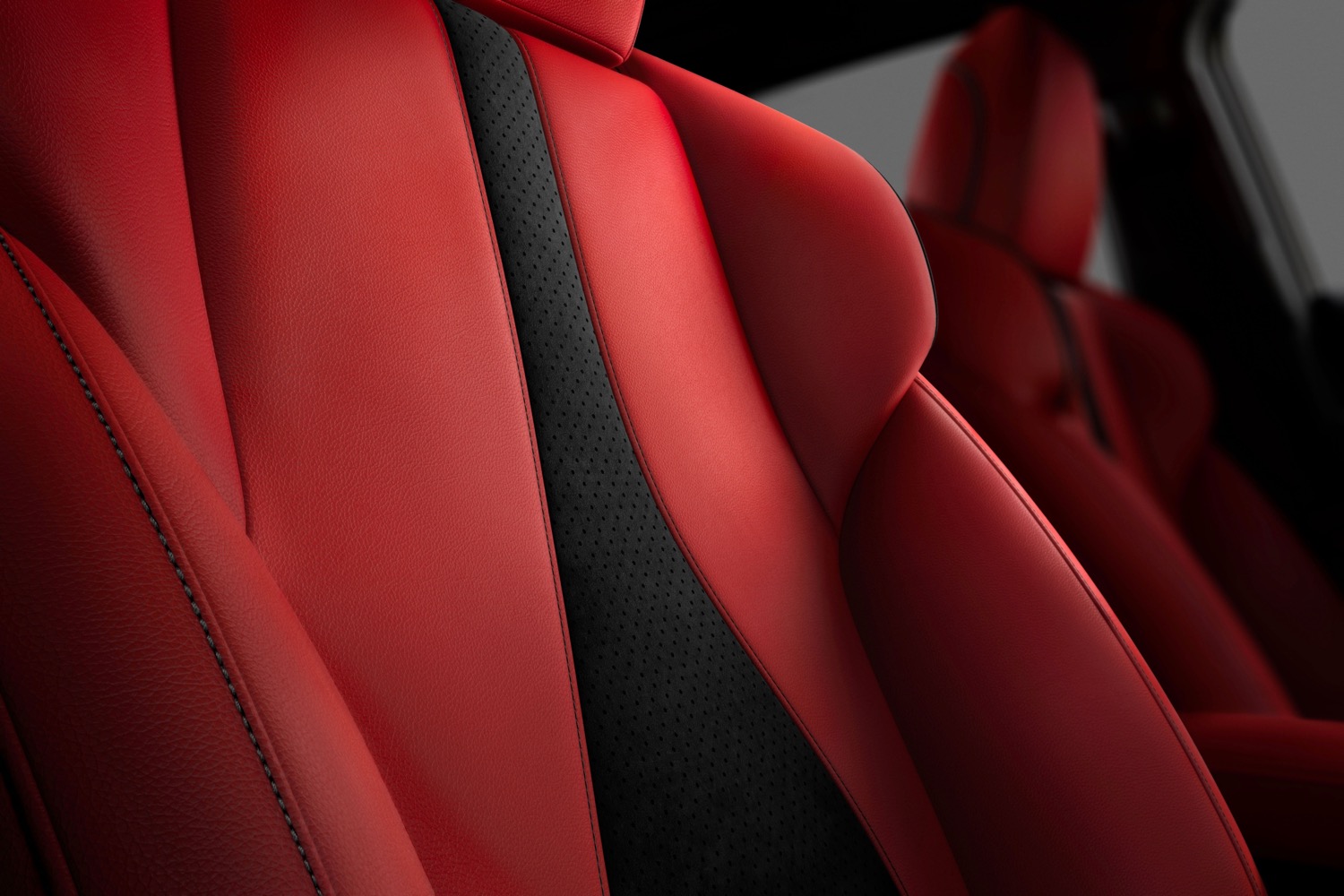Acura introduced its entry-level model, the ILX, for the 2013 model year. It showed its age five years after its introduction so the Honda-owned firm has made a series of meaningful updates to the sedan for the 2019 model year. It gets a new face, additional technology features, and a friendlier price.
The 2019 ILX is not an all-new model, so it continues to ride on a platform borrowed from the homely ninth-generation Civic, a model no longer in production. Acura nonetheless gave it a front end that falls in line with its latest design language by adopting styling cues such as more swept-back headlights with an intricate, almost robotic look and a sharper grille. Designers also penned a sporty A-Spec package that adds a body kit and edition-specific 18-inch alloy wheels.
The updates continue inside with a new dashboard design and an updated dual-screen infotainment system that Acura promises is about 30 percent faster and more intuitive than before. If you don’t agree, rest assured that the firm offers Apple CarPlay and Android Auto integration. That’s just the tech you see — the features you don’t notice are the ones that could save your life. Every 2019 ILX regardless of trim level comes standard with collision mitigation braking, forward collision warning, lane-keeping assist, and adaptive cruise control, among other driving aids.
Acura hasn’t made any mechanical modifications to the ILX. Pop the hood and you’ll find a naturally aspirated, 2.4-liter four-cylinder engine tuned to make 201 horsepower at 6,800 rpm and 180 pound-feet of torque at 3,600 rpm. It spins the front wheels through an eight-speed dual-clutch automatic transmission. Though Acura hasn’t released performance specifications, fuel economy checks in at 24 mpg in the city, 34 mpg on the highway, and 28 mpg in a combined cycle.
The 2019 Acura ILX is on sale at dealerships across the nation and the first deliveries are scheduled for late October. Pricing starts at $25,900 for a base model before a mandatory $995 destination charge enters the equation. It’s cheaper than its main rivals, the Mercedes-Benz A-Class Sedan and the Audi A3, and it’s also more affordable than the outgoing 2018 model, which started at $28,100. At the other end of the spectrum, the most expensive variant of the ILX costs $31,550 before options and destination.
Editors' Recommendations
- Lyft says it’s trying to get rid of surge pricing
- 2020 Subaru Crosstrek gets more tech and a slight price bump
- Looking to buy a Mini Cooper? It’s about to get more expensive

